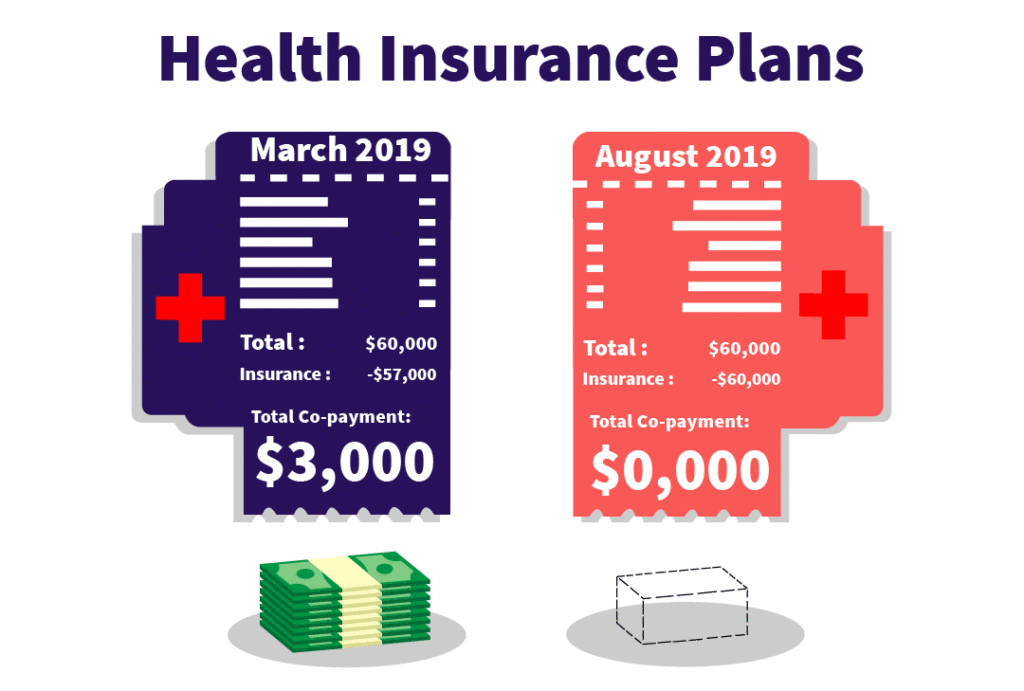Financial Planning | Personal Finance | Article
How Much Life Insurance Do I Need?
by Sophia | 29 May 2019 | 6 mins read

Dying has its perks – like a million-dollar life insurance payout. Sound familiar? You might have such an insurance plan. But with high payouts, comes a high premium price. As the payment bleeds you dry every month, you might start to think – did that agent sucker me? Should I relook into how much insurance I really need?
Many of us bought our life insurance plans just as we joined the workforce, when we knew squat about our personal finances. So we swallowed whatever that was sold to us whole. So maybe it’s time we sat down and figured out how much life insurance we actually need.
Who is life insurance really for?
There are (broadly speaking) two philosophies to life insurance:
- To pass wealth to the next generation
- To tide dependents till they are self-reliant
If you lean more towards the first option, the amount you need is subjective to your personal interpretation of wealth. A million dollar insurance policy might be suitable. This article is more for the second group – those who view insurance as a form of protection for their dependents in the tragic event a breadwinner passes early. The life insurance payouts provide time for dependents to transition to a life-stage where they are able to become self-reliant. Children, for example, will presumably become ready for the workforce once they reach 20 years of age. Needless to say, if you do not have dependents (forever alone), you might not need life insurance.
Easy calculation
The commonly cited rule is that one needs 10X coverage of one’s annual income. So if you earn $50,000 a year, you require $500,000 in life insurance coverage. Of course, that is a very rough approximation. The best calculation should consider your dependent’s specific requirements. We have to admit it can be tedious to find out the exact amount you need (though it probably requires just a night or two of number crunching). But doing the work ensures that you have the peace of mind knowing that are not under or over-insured (or overpaying). So let’s look into how this is done!
A more detailed calculation
Before anything, the cost of funeral averages $10,000. Then, let’s look at a case study to show how to calculate dependent requirements. John
- Working spouse
- Dependent: daughter aged 13
John has to ask himself some questions. Firstly, how long does he want to support his daughter? Perhaps John wishes to support his child for another 7 years (till she receives a diploma education). The estimated cost for raising a child from 13 to 20 in Singapore is $104,000. Because 7 years is a considerable length of time, John has to account for inflation. If we take the inflation rate of 2.5% over 7 years. The sum inflates to $123,623. So in John’s scenario, a $150,000 insurance policy seems appropriate for his daughter’s needs.
Dependent spouse
While most Singaporean families are dual-income, some families choose to have one spouse leave their careers to focus on child-raising. However, in the unfortunate event when the breadwinner spouse passes, the stay-home spouse likely has to re-enter the workforce. However, between job-hunting and making new childcare arrangements (not to mention recovering from the loss of a spouse). It will take some time for them to make the transition back. So, in this scenario, simply multiply their yearly expenses with a reasonable time they need to take to re-enter the workforce – perhaps a year or two. Having that cash buffer for them would certainly help make that transition smoother.
Dependent parents
The same as above, figure out their yearly expense requirements. But now, multiply that by the years they have before turning 83 (Singapore’s average life expectancy). Again, because of this long time period, remember to account for inflation. Note that when they turn 65, they might start receiving CPF payouts that covers – or at least partially covers – their expenditure requirements, reducing the required amount. Lastly, in the older years, medical costs will become more of an issue. While It’s impossible to calculate how much future hospital bills might cost, one can instead calculate how much is required to pay for a health insurance policy and rider (that takes care of said bills). An insurance product sheet usually outlays the expected future premiums, payable in cash. Here’s an example. These health insurance plans, with rider upgrades, typically cover hospitalisations for up to 95% of a bill – the patient pays the other 5% in cash or Medisave funds. Usually, even the payable 5% is capped to a maximum of $3,000 a year (even with multiple hospital visits). So one can easily factor this $3,000 sum on top of yearly premium payments.

Finally, factor debts and assets
When someone leaves this earth, they leave everything behind, even debt – that still has to be paid. To prevent a shock to one’s dependents this should be taken into account, along with any assets one might have, to arrive at a more accurate required sum.
Final equation : (Dependent requirements) add (Debts) less (Assets)
- Debt: housing loans, personal loans, renovation loans
- Assets: cash savings, investments, CPF funds
When someone passes, debt repayment takes priority before anything is distributed to dependents. The good news is that if you stay in public housing (HDB flats), CPF’s Home Protection Scheme insures the outstanding portion of the loan serviced by the deceased. So that’s one big debt mountain most dependents won’t have to worry about.
It’s your life…insurance
In the end, how much life insurance is needed is up to an individual’s dependent requirements. In our above scenario, John might just need $150,000 coverage so his daughter can continue to progress in life after his passing. But in an alternate timeline, if he single-handedly supports his parents, spouse and children a $1,000,000 insurance policy might not be very far off the mark. The point is, individual requirements vary. Requirements even change at different life stages, like having a new addition to the family. In that instance, one can buy additional policies if more coverage is needed. On the other hand, one can also terminate policies if their dependents do not require that protection anymore. It’s important to right-size the insurance you purchase – higher payouts equate to higher premiums – because insurance is practically a lifelong long commitment, it’s best to pay for coverage you can comfortably stick with.
















